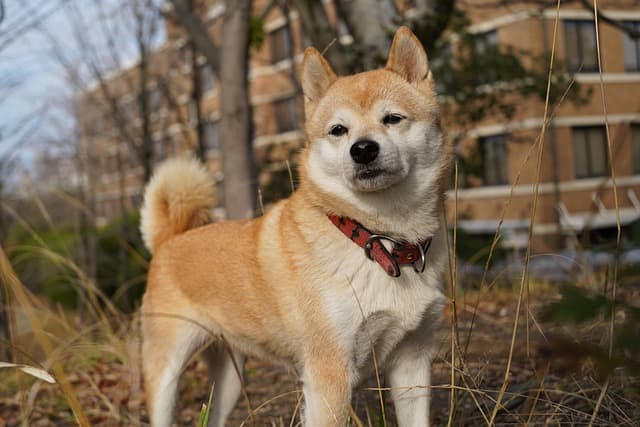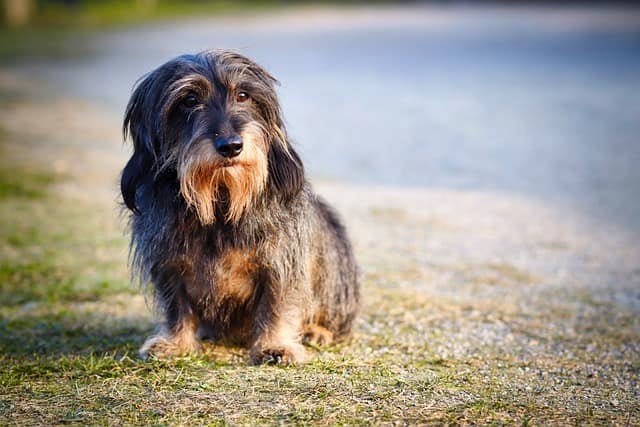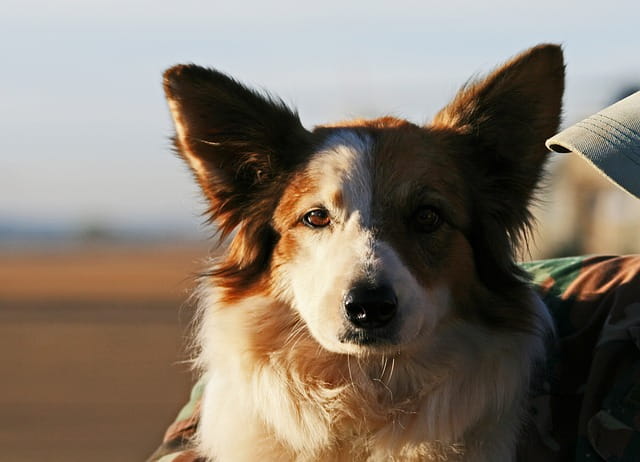They Is your dog among the hardest dogs to train …?
Training a dog is essential to responsible pet ownership, contributing to a harmonious relationship between humans and canines.
However, not all dogs are equally easy to train. Some breeds possess specific traits that can make training daunting, requiring patience, consistency, and understanding.
This article will name the ten hardest dogs to train, explore the characteristics and challenges associated with each breed, and provide practical training strategies.
Trainability in Dogs:
Genetics, temperament, and environmental factors influence trainability in dogs.
While all dogs can learn, some breeds are inherently more independent, stubborn, or easily distracted, making the training process more challenging.
Additionally, early socialization, positive reinforcement techniques, and consistent training methods play vital roles in shaping a dog’s behavior.
10 Hardest Dogs to Train:
1. Siberian Husky:

The first dog on the list of hardest dogs to train is the Siberian Husky. Renowned for their classy, stunning appearance and independent nature, Siberian Huskies can be a handful in training.
Bred as sled dogs, they have a strong prey drive and a penchant for escaping. Their intelligence often translates into cunning mischief, requiring owners to employ creative training strategies to keep them engaged.
2. Afghan Hound:

With their regal bearing and independent spirit, Afghan Hounds are notoriously challenging to train.
Originating from Afghanistan, they were bred for hunting in harsh terrain, then contributing to their aloof demeanor and strong prey drive.
Training an Afghan Hound requires patience and understanding, as they may only sometimes be eager to comply with commands.
3. Basenji:

Basenjis are intelligent and curious but notoriously independent. They are known as the “barkless dogs” due to their unique vocalizations.
Originating from Africa, they were bred for hunting and had a strong instinct to chase prey. However, they can also be stubborn and aloof, making consistent training necessary to channel their energy effectively.
4. Shiba Inu:

Hailing from Japan, the Shiba Inu is a spirited and independent breed known for its fox-like appearance and strong-willed nature.
While intelligent and quick learners, they can also be stubborn and willful, requiring firm yet gentle training. Socialization from an early age is essential to prevent potential aggression or aloofness.
5. Basset Hound:

They may seem docile with their floppy ears and soulful eyes, but they possess a stubborn streak that can make training challenging.
Bred for hunting in packs, they have a strong instinct to follow scents, which can lead to selective hearing when distracted.
6. Beagle:

Beagles are intelligent and curious dogs known for their keen sense of smell and unique tracking ability.
However, their stubborn nature can make training a challenge. Beagles are easily distracted by scents and may require extra patience and consistency during training sessions. Positive reinforcement and engaging activities help keep them focused.
7. Bulldog:

Bulldogs are beloved for their wrinkled face and gentle disposition, but they can also be stubborn.
Their independent nature can make training difficult, especially if they sense no immediate benefit. Bulldogs respond well to positive reinforcement and short, engaging training sessions.
However, they require more patience compared to other breeds.
8. Pekingese:
Pekingese dogs are famous for their regal appearance and independent nature.
They have a strong personality and may resist training, mainly if it seems too demanding or repetitive.
Consistency with peace and positive reinforcement are essential when training a Pekingese. Establishing clear rules and routines can help manage their stubbornness.
9. Bloodhound:

Bloodhounds are famous dogs for their incredible sense of smell and tracking abilities. Although they are brilliant, their stubbornness can present challenges during training.
Bloodhounds may become easily distracted by scents, so keeping training sessions short, engaging, and focused is essential. Positive reinforcement tricks work well with this breed.
10. Dachshund:

With their long bodies and short legs, Dachshunds are known for their lively and independent nature.
They can be stubborn, which makes training a challenge. Dachshunds respond best to calm behavior, positive reinforcement, and consistency.
Short, frequent training sessions help keep them engaged and focused.
Understanding the Challenges Faced with Hardest Dogs to Train:
Before diving into specific breeds, it’s essential to understand why some dogs are more challenging to train than others. Several factors contribute to a dog’s trainability:
1. Breed Characteristics:
Different breeds have been bred for other purposes, resulting in distinct temperaments, levels of intelligence, and energy levels. Understanding these characteristics is equally important in effectively training your dog.
2. Intelligence and Independence:
Some breeds are highly intelligent but independent, making them less eager to please. While intelligence can be a boon in training, independence can make it more challenging.
3. Socialization and Past Experience:
A dog’s early experiences and socialization also significantly influence their trainability. Dogs with traumatic pasts or poor socialization may be more challenging to train.
4. Energy Levels:
High-energy dogs may struggle with focus and impulse control, making training sessions more challenging.
Training Strategies for Hardest Dogs to Train:
While training challenging breeds may require extra patience and effort, it is not impossible. Here are some strategies to help overcome the unique challenges associated with these breeds:
1. Positive Reinforcement:
Utilise rewards such as treats, praise, and playtime to motivate and reinforce desired behaviors. It builds a strong bond between owner and dog while making the training more enjoyable.
2. Consistency:
Establish clear rules, ensure expectations, and be consistent in enforcing them. Dogs thrive on their routine and structure, so maintaining consistency in training sessions and daily interactions is crucial for success.
3. Patience:
Training takes time, especially with challenging breeds. Be patient and understanding during exercise.
Moreover, avoid becoming frustrated or resorting to punishment. Dogs respond accurately to calm and patient guidance.
4. Socialization:
Expose your dog to various people, animals, and environments from a young age to help them develop confidence and good manners.
Proper socialization can prevent fearfulness, aggression, and other behavioral issues later in life.
Conclusion:
While some breeds may pose unique challenges regarding training, with the right approach and dedication, any dog can become a sweet and obedient companion.
Additionally, understanding the breed-specific traits and employing effective training strategies are crucial to overcoming obstacles and fostering a strong bond between owner and dog.
So, whether you’re considering bringing home a Siberian Husky, Afghan Hound, or any other challenging breed, remember that the tips discussed are the keys to success in dog training.
FAQs
-
Which breeds are considered the hardest dogs to train?
Breeds like Afghan Hounds, Basenjis, and Chow Chows are often considered challenging due to their independent nature and strong-willed personalities.
What makes these breeds challenging to train?
These breeds are often independent thinkers, which can make them less inclined to follow commands. Additionally, they may have a stubborn streak and require consistent, patient training.
Are there any techniques that work well with these breeds?
Positive reinforcements, like treats and praise, tend to be most effective. Consistency and patience are the primary keys to training these breeds.
How important is early socialization for these breeds?
Early socialization is crucial for all breeds, but especially for those known to be challenging. Then Exposing them to various people, animals, and environments from a young age can help reduce behavioral issues later on.
Should I consider professional advice for these hardest dogs to train?
Professional training can be beneficial, especially for first-time dog owners or those struggling with training. An experienced trainer can provide guidance and techniques tailored to the specific needs of these breeds.
What common mistakes should I avoid when training these breeds?
Avoid harsh training methods or punishments, as this can lead to mistrust and resistance. Inconsistent training and giving in to their demands can also hinder progress.

